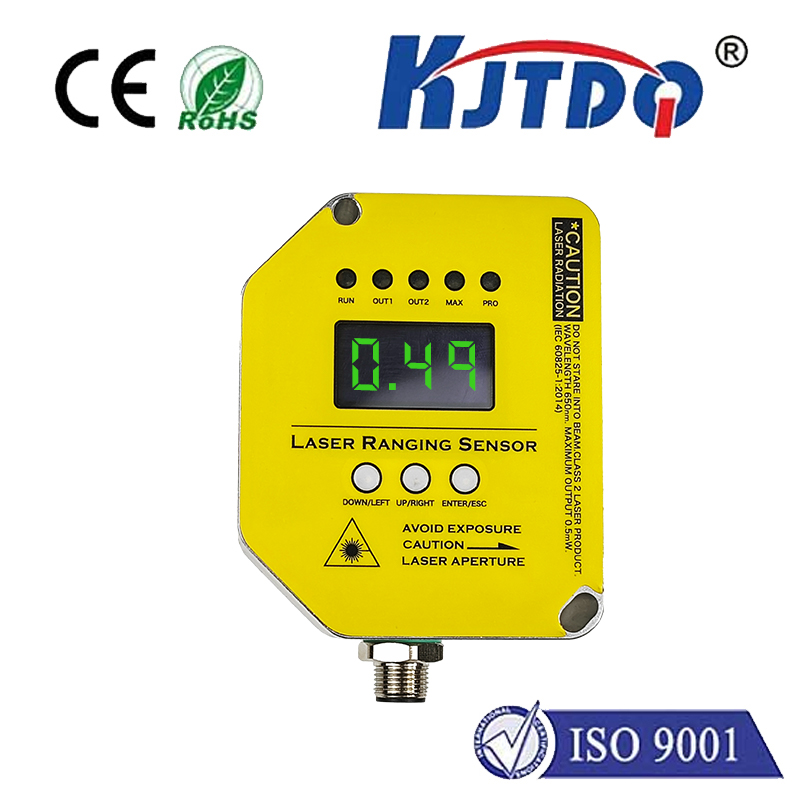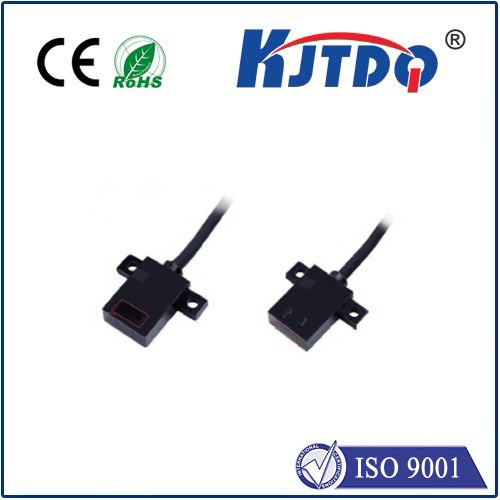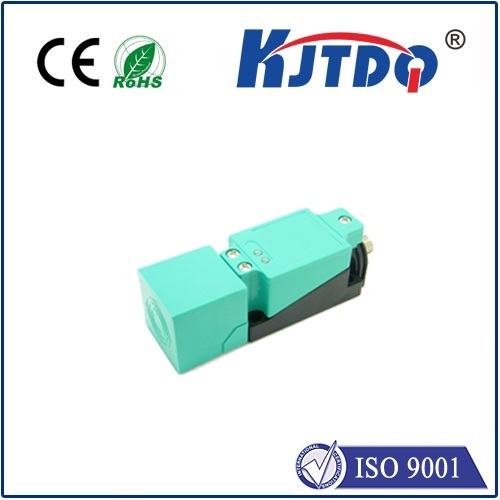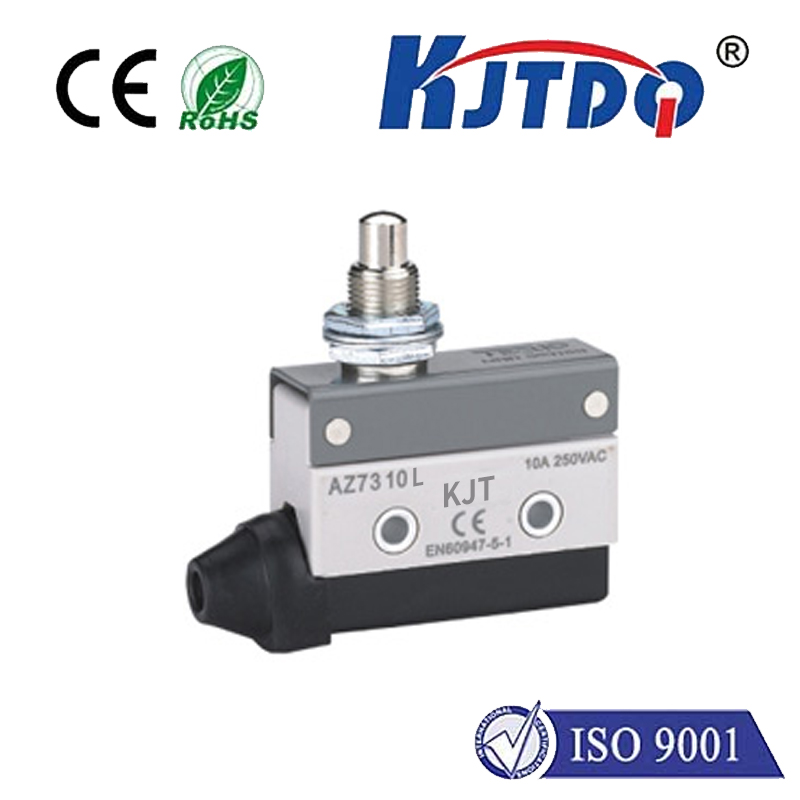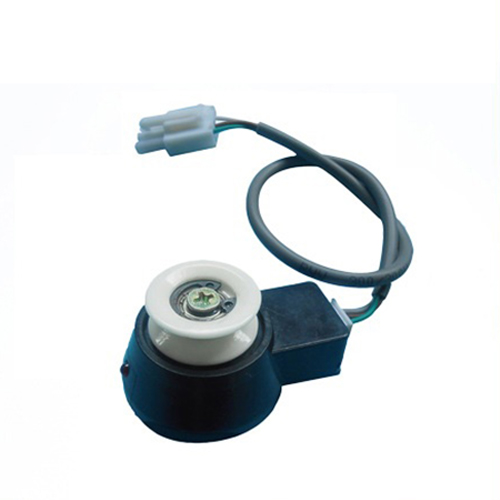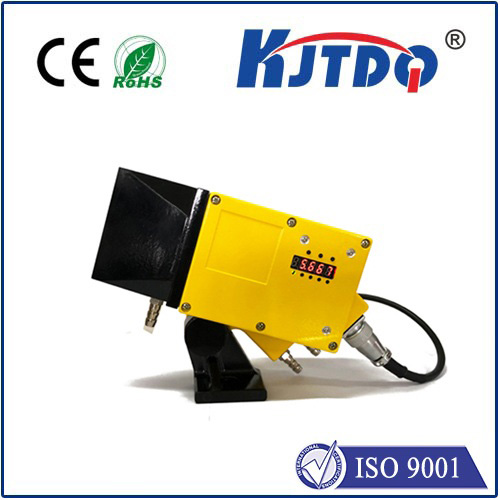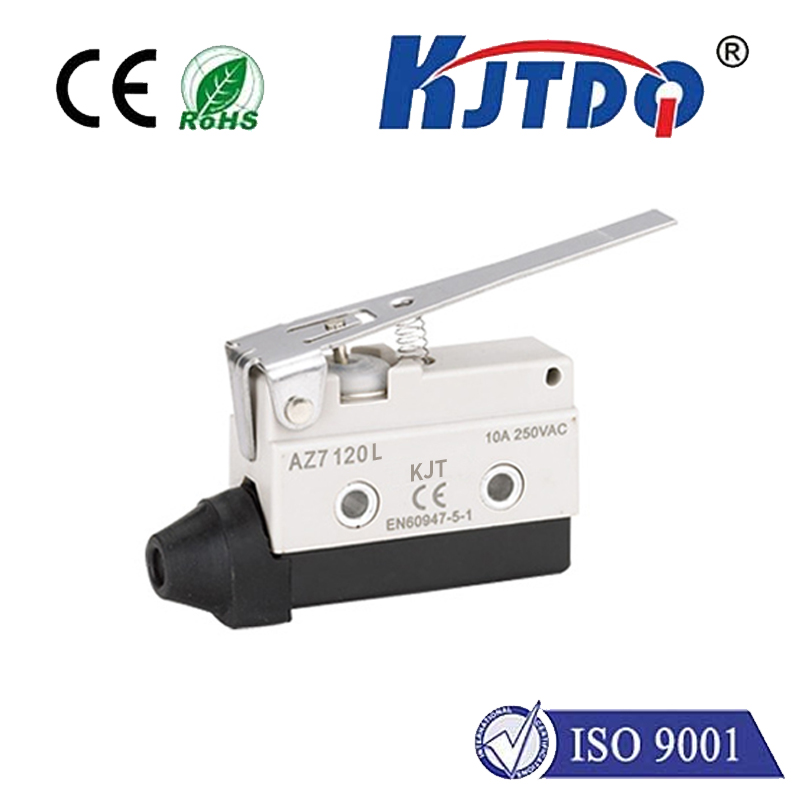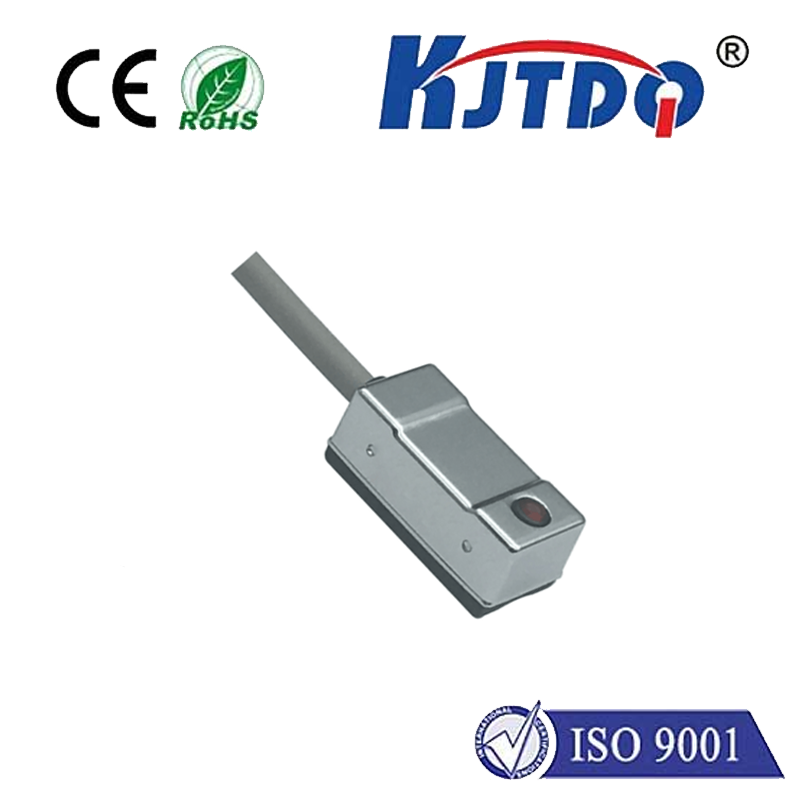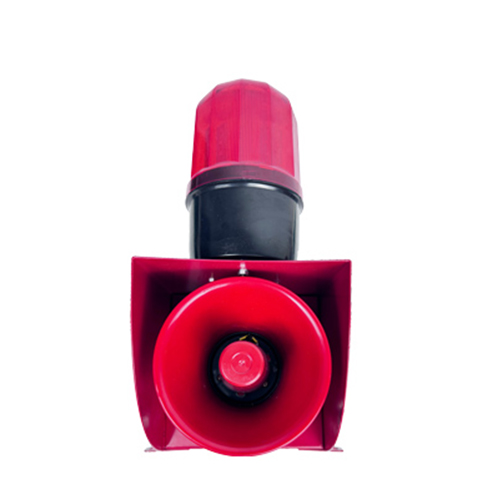capacitive pressure sensor
- time:2025-08-19 08:56:04
- Нажмите:0
Capacitive Pressure Sensors: The Silent Tech Revolutionizing Touch and Measurement
Ever wondered how your smartphone screen distinguishes a light tap from a firm press? Or how modern blood pressure monitors deliver such precise readings without inflating a bulky cuff? The answer often lies in a surprisingly elegant and versatile technology: the capacitive pressure sensor.
Unlike their older, bulkier counterparts that rely on piezoresistive effects or mechanical strain gauges, capacitive sensors operate on a fundamental principle of physics: the ability of two conductive surfaces separated by a non-conductive gap (the dielectric) to store electrical charge – their capacitance. It’s this inherent property of capacitors that forms the bedrock of capacitive pressure sensing. The core equation, C = εA/d (where C is capacitance, ε is the permittivity of the dielectric, A is the overlapping area of the plates, and d is the distance between them), reveals the magic. Most commonly, applied pressure causes a change in the distance d between the plates. As the plates move closer under force, d decreases, causing the capacitance С to increase. This measurable change in capacitance is directly proportional to the applied pressure.
Why Capacitive Sensing Wins for Precision Pressure
The shift towards capacitive solutions for pressure measurement isn’t accidental. These sensors offer a compelling set of advantages:

- Exceptional Sensitivity: Capable of detecting minute changes in distance (down to nanometers!), capacitive sensors offer high resolution and accuracy, making them ideal for applications demanding great precision.
- Low Power Consumption: Since they work by measuring charge storage rather than requiring current flow through resistive elements, capacitive sensors are inherently low-power devices, perfect for battery-operated systems like wearables, IoT sensors, and portable medical devices.
- Stability & Repeatability: With no inherent mechanical hysteresis in their core sensing principle (depending on design and materials), capacitive sensors often demonstrate excellent long-term stability and repeatability of measurements.
- Прочная структура: Depending on the design (micro-machined silicon MEMS variants are very common), they can be highly robust, resistant to shock and vibration, and have a long operational lifespan. Their solid-state nature contributes significantly to this durability.
- Temperature Stability: While temperature affects all sensors, well-designed capacitive pressure sensors can achieve good temperature compensation due to the inherent stability of the capacitive principle compared to resistance-based methods.
- Fast Response: The lack of moving mechanical parts (in a fluidic sense, plates move microscopically) allows for very rapid response times to changing pressure conditions.
- Многогранность: They can be engineered to measure absolute, gauge, or differential pressure and adapted to diverse environments and form factors, from tiny MEMS chips to large-area flexible sensors.
Where You’ll Find Capacitive Pressure Sensing at Work
The applications for capacitive sensing in pressure measurement are incredibly diverse, driven by their unique advantages:
- Consumer Electronics: Beyond touchscreens interpreting pressure levels (force touch), they are used in trackpads, touch-sensitive buttons, game controllers for enhanced haptics, and even earbuds for fit detection.
- Medical & Healthcare: Found in invasive blood pressure catheters, non-invasive cuffless monitoring prototypes, respiratory devices (ventilators, CPAP machines), infusion pumps, and wearable health trackers monitoring physiological signals. Their sensitivity and biocompatibility potential are key drivers here.
- Automotive: Employed in tire pressure monitoring systems (TPMS), brake fluid pressure sensors, manifold air pressure (MAP) sensors, airbag deployment systems, and HVAC control. Their robustness and reliability under harsh conditions are critical.
- Industrial Automation & Process Control: Used for fluid/gas pressure monitoring in pipelines, tanks, valves, leak detection systems, and robotics (for grip force and tactile feedback). Their precision and resilience support critical industrial processes.
- Robotics & Prosthetics: Essential for enabling sophisticated tactile sensing in robotic grippers and prosthetic limbs, allowing them to “feel” pressure, texture, and object slip, enhancing dexterity and interaction.
- Aerospace & Aviation: Monitoring cabin pressure, hydraulic systems, fuel systems, and engine parameters where high reliability and accuracy are paramount.
- HVAC Systems: Regulating duct pressures and airflow.
Beyond the Simple Parallel Plate: Variations on a Theme
While the basic parallel plate model is foundational, capacitive pressure sensor designs vary:
- MEMS Capacitive Sensors: Micro-Electro-Mechanical Systems (MEMS) technology enables the mass production of incredibly small, precise, and cost-effective capacitive pressure sensors. A thin silicon diaphragm acts as one electrode/moving plate, deflecting under pressure relative to a fixed backplate electrode. This dominates the market for compact, high-volume applications.
- Flexible & Wearable Sensors: Utilizing conductive polymers, inks, or textiles on flexible substrates, these sensors conform to curved surfaces or the human body, enabling new applications in health monitoring, soft robotics, and smart clothing.
- Hybrid Approaches: Sometimes combined with other principles (like resistive elements for position sensing) to create sensors with multiple functionalities.
The Quiet Comparison: Capacitive vs. Piezoresistive
The dominant alternative technology, piezoresistive sensors, works by changing electrical resistance when strained under pressure. While often simpler and cheaper to produce, piezoresistive sensors generally consume more power and can be more susceptible to temperature drift and long-term stability issues compared to well-designed capacitive counterparts. However, piezoresistive sensors can often handle higher pressure ranges more easily. The choice depends heavily on the specific requirements of the application: precision, low power, and stability often tilt the scales towards capacitive.
The Future is Tactile and Tiny
The future for capacitive pressure sensing is incredibly bright. Research focuses on pushing the boundaries of:
- Miniaturization: Even smaller MEMS devices for less invasive medical implants and denser sensor arrays.
- Multi-Modal & Distributed Sensing: Integrating pressure sensing seamlessly with temperature, humidity, or proximity sensing on a single chip or flexible substrate. Large-area sensor arrays creating “electronic skin” capabilities.
- Enhanced Sensitivity & Range: Developing novel materials and structures to detect even fainter pressures or operate effectively over wider pressure ranges.
- Improved Flexibility & Stretchability: Creating sensors that can undergo significant deformation without losing function, crucial for advanced wearables, soft robotics, and human-machine interfaces.
- Lower Power & Self-Powered Designs: Further reducing energy needs and exploring energy harvesting possibilities for autonomous sensor nodes.
From interpreting the delicate pressure of a finger on a screen to monitoring critical pressures deep within the human body or an aircraft engine, capacitive pressure sensors provide a sophisticated, reliable, and adaptable solution. Their unique blend of precision, low power consumption, and robustness ensures they will remain a cornerstone technology shaping the future of touch interfaces, medical diagnostics, industrial automation, and beyond, quietly enabling countless interactions and measurements in our increasingly sensor-driven world.

